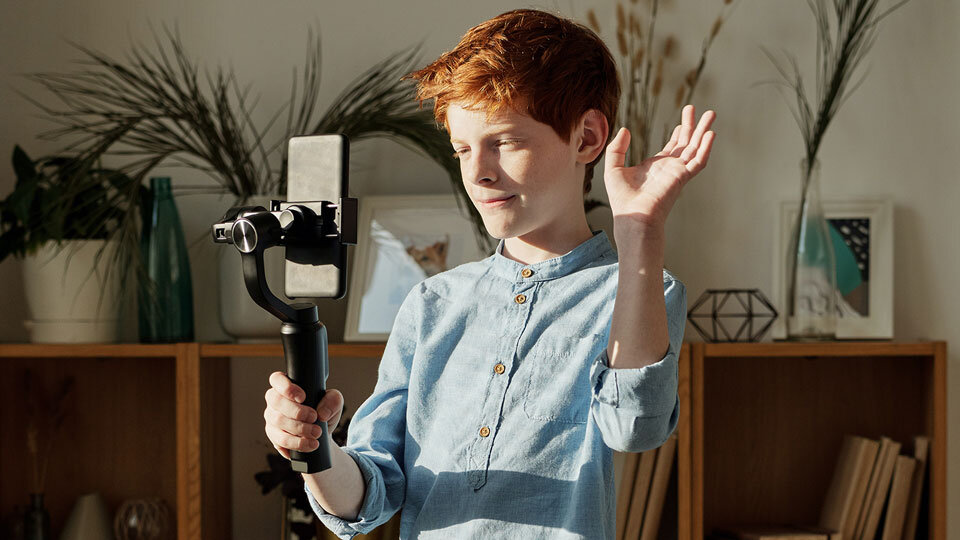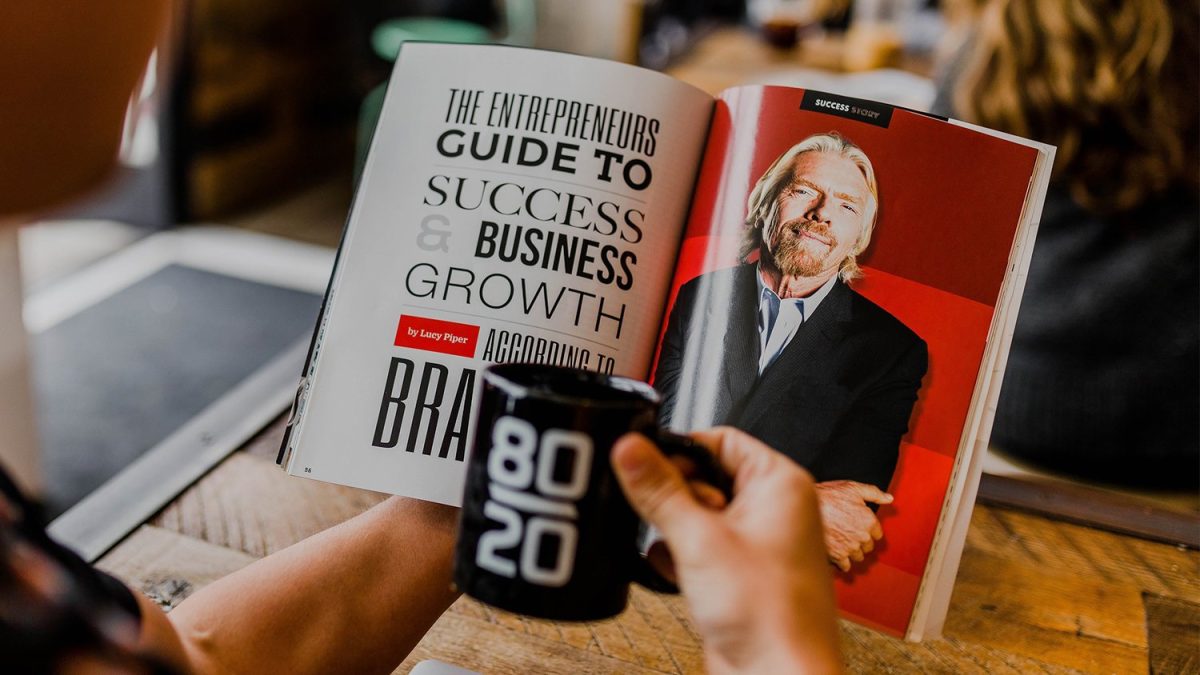Why Every Brand Needs Vertical Videos
Why Every Brand Needs Vertical Videos

When it comes to making video in 2021, the technology and media elite continue to push the boundaries on how we view video and are closing in the edges (literally) as they flip the perspective on watching habits.
2020 has been a year of adjustment for the media industry but as social media consumption per capita rises, according to researchers like Biteable, and video effectiveness across the furthest recesses of the advertising and marketing landscape continues to be realised, vertical video is growing.
Ever since Snapchat reignited the vertical debate back in 2011, brands have been racing to adapt and adopt a new way of looking at video. Facebook, Instagram, TikTok and many other social media platforms as well as video players like Vimeo have evolved to play a bigger part in the evolution of vertical video.
Streaming pioneers Netflix have dabbled and experimented in the field this year while AI-powered video editors like Kamua are encouraging media companies and marketers to experiment with a broader media offering. Professional colour grading software DaVinci Resolve even released an update to enable editors to create Instagram-ready video clips easier and faster.
When it comes to social video, the future is vertical so if you haven’t got the format in your strategy in 2021, here’s a few reasons why you should.
Instagram launches Reels
In August 2020, Instagram launched Reels, a new feature that champions short format (15 second) videos in a vertical format. These video clips enable users to nudge, poke, titillate, entertain and generally connect with audiences, be they friends or potential followers. Features such as Reels on platforms like Instagram show how social media behemoths continue to drive the move to vertical video viewing. As a result, figure suggest high level engagement with it and lower on other such as the traditional feed and Stories.
LinkedIn launches Stories and other features
It may have taken some. Time but LinkedIn have finally caught up with Instagram and Snapchat and launched a Stories style feature of their own enabling users to upload short format vertical videos to their audiences. Although LinkedIn’s audience is traditionally more conservative owing to its focus on the business community, the new feature enables users to throw a bit more personality into their daily feed. This goes for individuals as well as companies pages and offers brands a new way to experiment and drive user engagement with regards to their business.
Quibi failed but changed the game
Quibi may have crashed and burned in less than a year but that doesn’t mean the whole thing was a total misstep. Quibi, which was created to provide users with short form video programming in portrait and vertical formats showed the world that there is appetite and demand for high production value video content in short format and that users are happy to watch great shows vertically. What is yet undetermined is whether they are ready and willing to pay for it. Still, they won’t be the last to try such a platform.
TikTok is on the rise
TikTok maintains its top position as the most downloaded social app of 2020 as its influence continues to spread. The platform that promotes memes, competitions, challenges and dance routines continues to show the human side of social media and has become a key method for communication across cities, states and countries during a time of heightened dislocation and isolation. The vertical format is slowly become that of authenticity and while the landscape continues to find a place in films, programming and cinematic content, vertical is owning the up close, face in the camera look feel that users are craving.
The future is vertical
Netflix showed that it too is interested in a vertical add-on to its core offering having launched an experiment called Fast Laughs earlier this year, a video format for comedy videos that borrows the style and user interface we have come to know form platforms like Instagram and TikTok. The goal of the platform is to help users find new shows to watch and has been rolled out to a small number of users across Europe. Although it unlikely that Netflix will launch this in isolation, it doesn’t show that even the biggest content makers in the game are looking towards a future that take vertical video more seriously than it ever has before.
Looking to add more dynamic vertical video to your brand channels? Reach out to Snackable today to find out how we can help you future-proof your content strategy in 2021.

